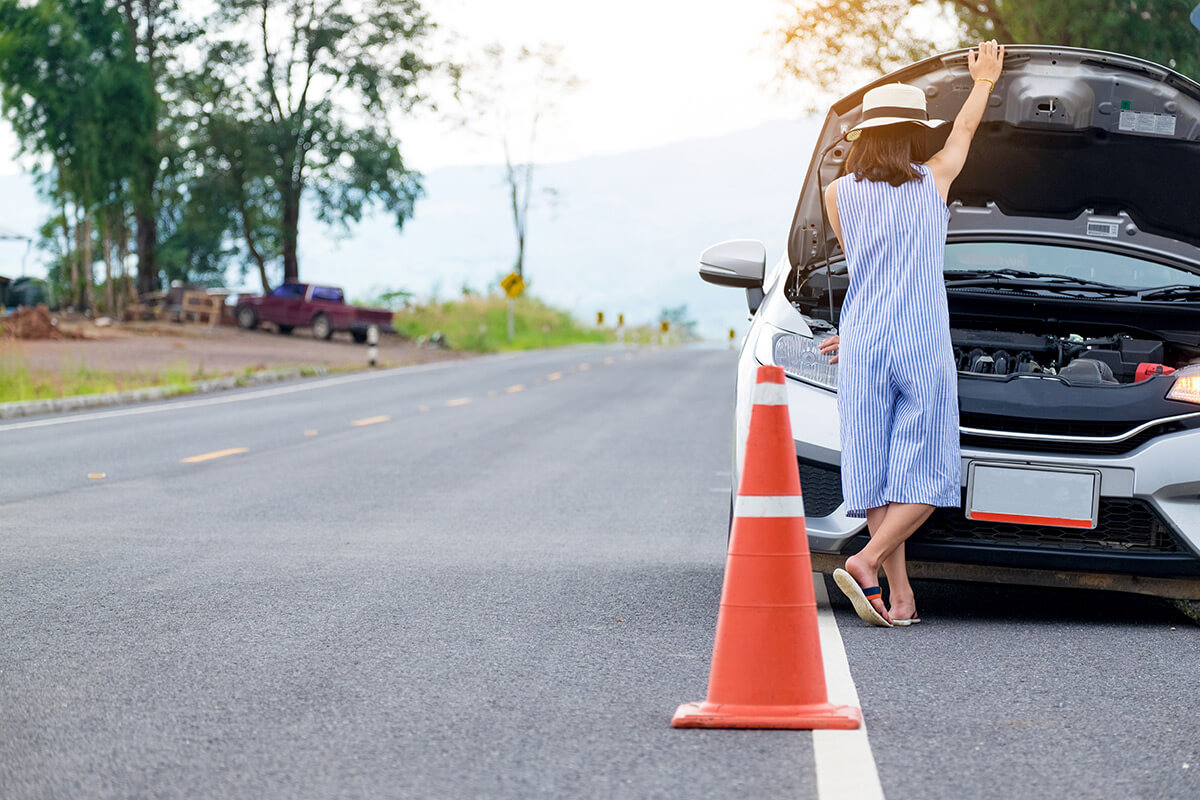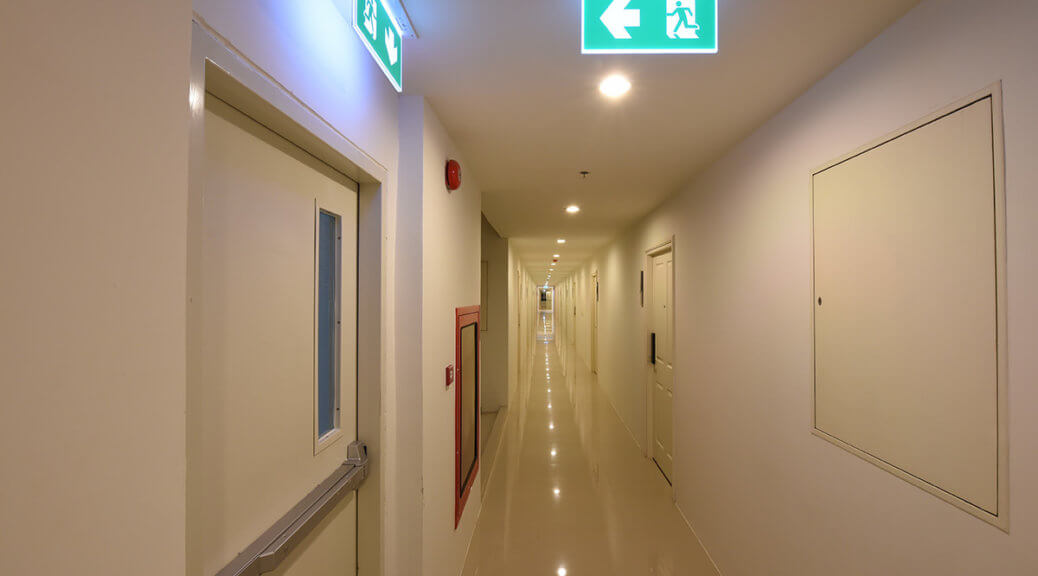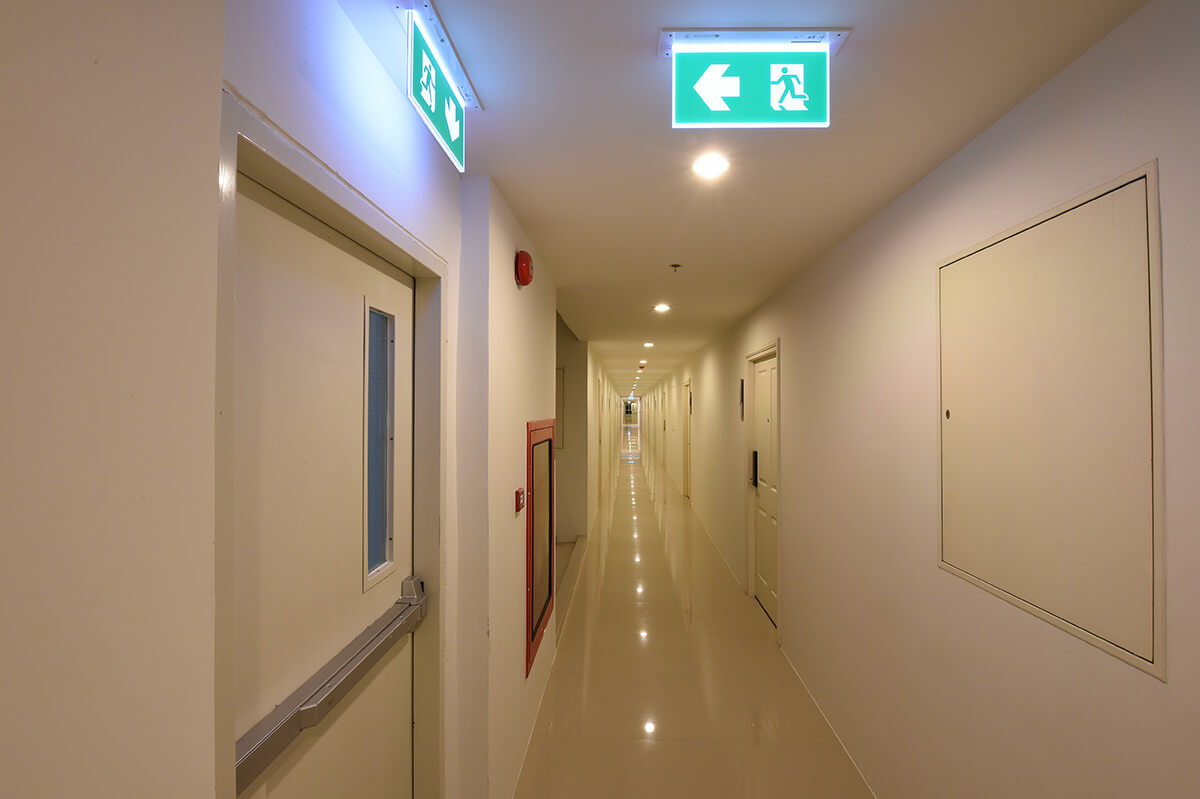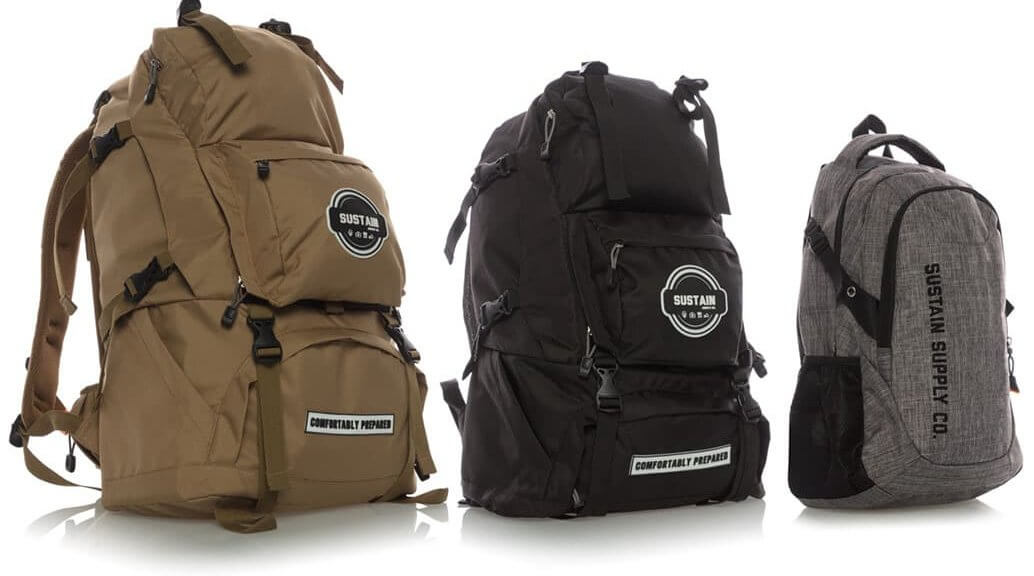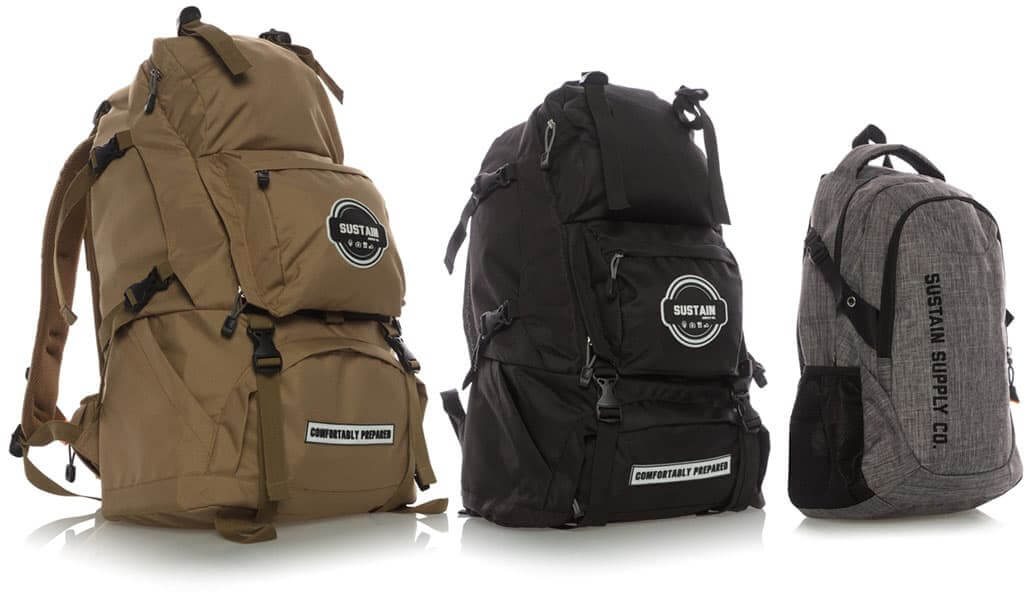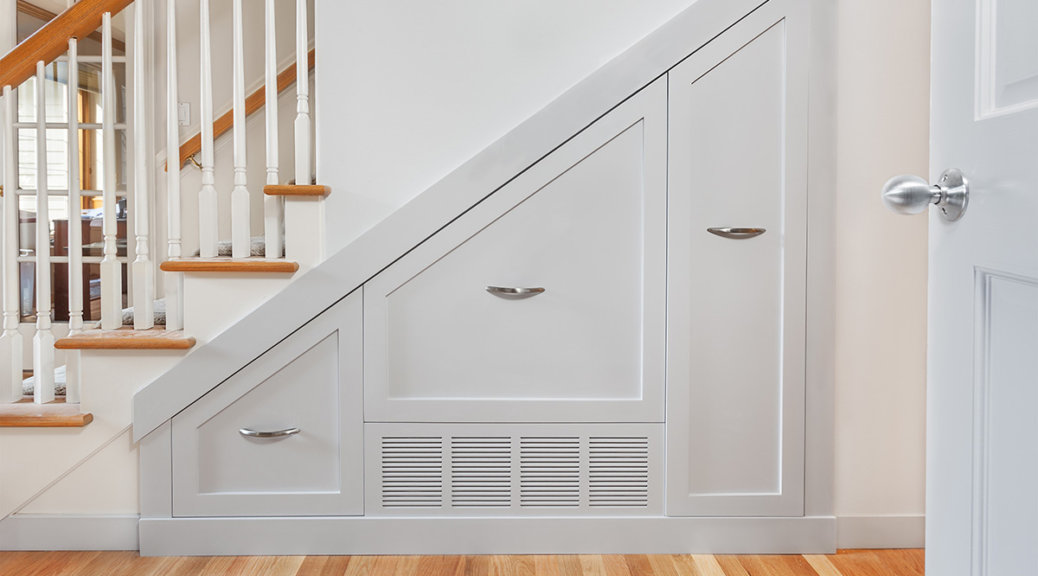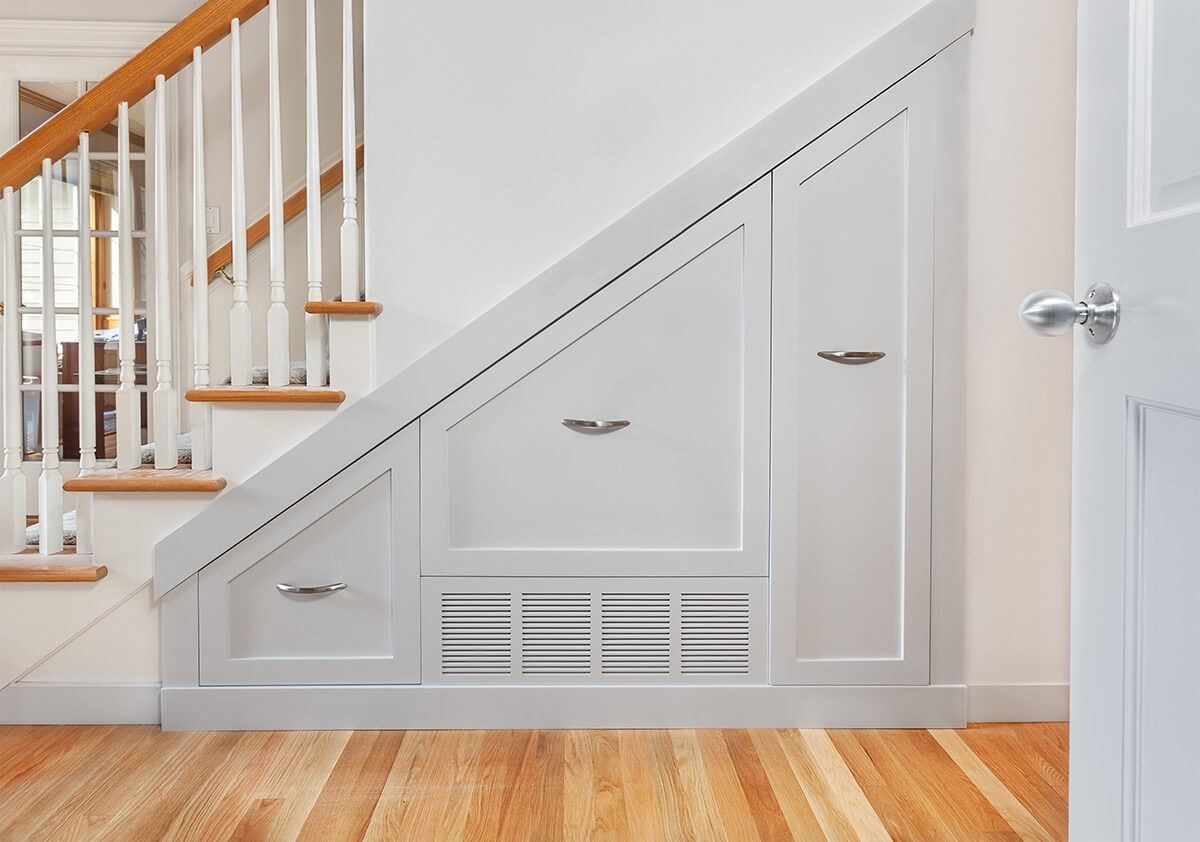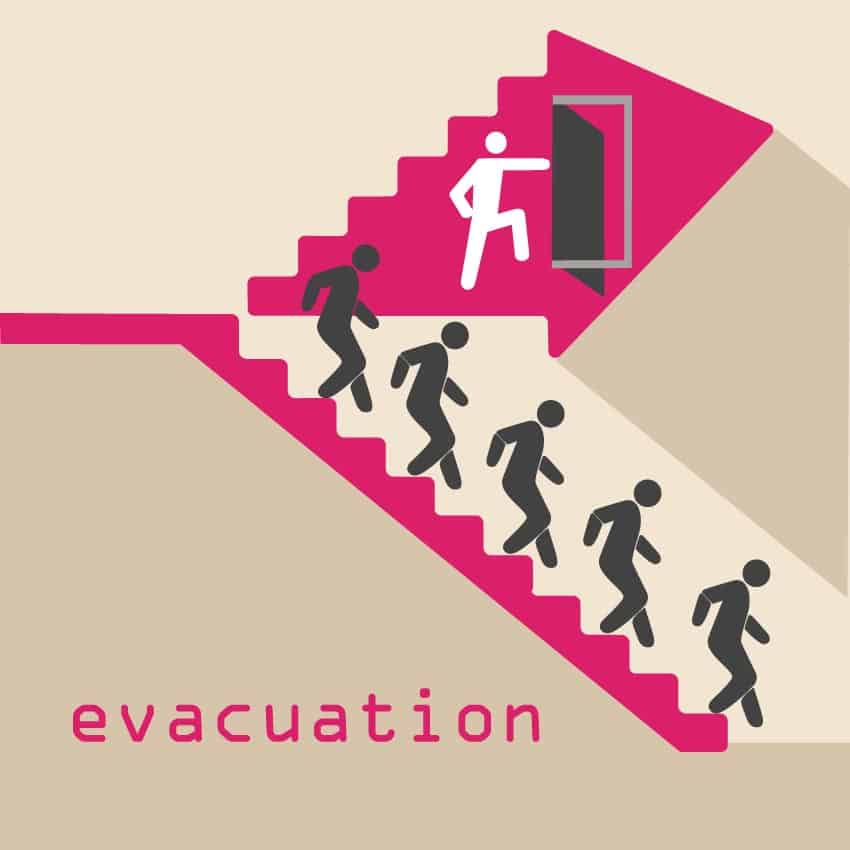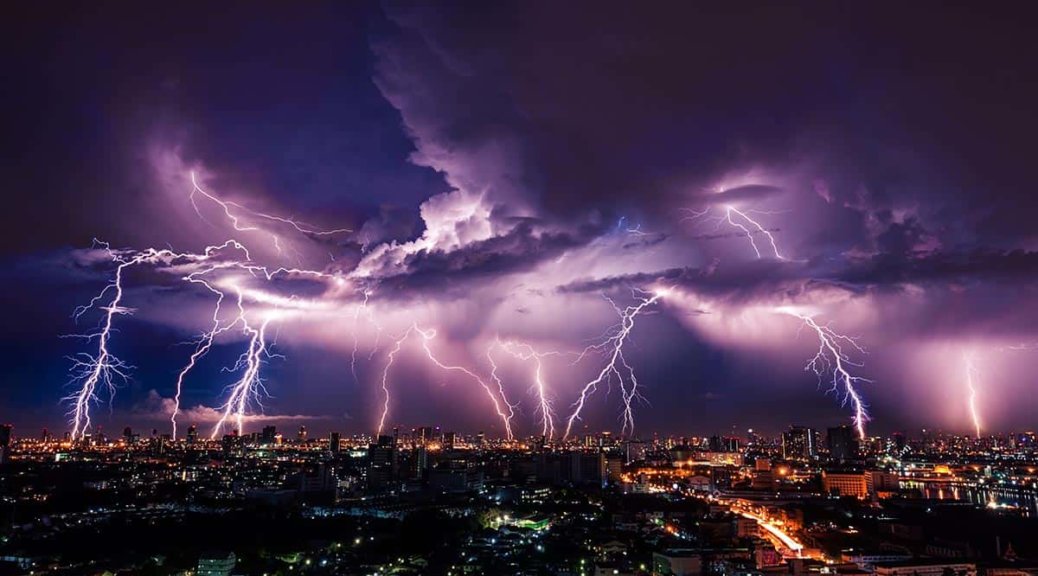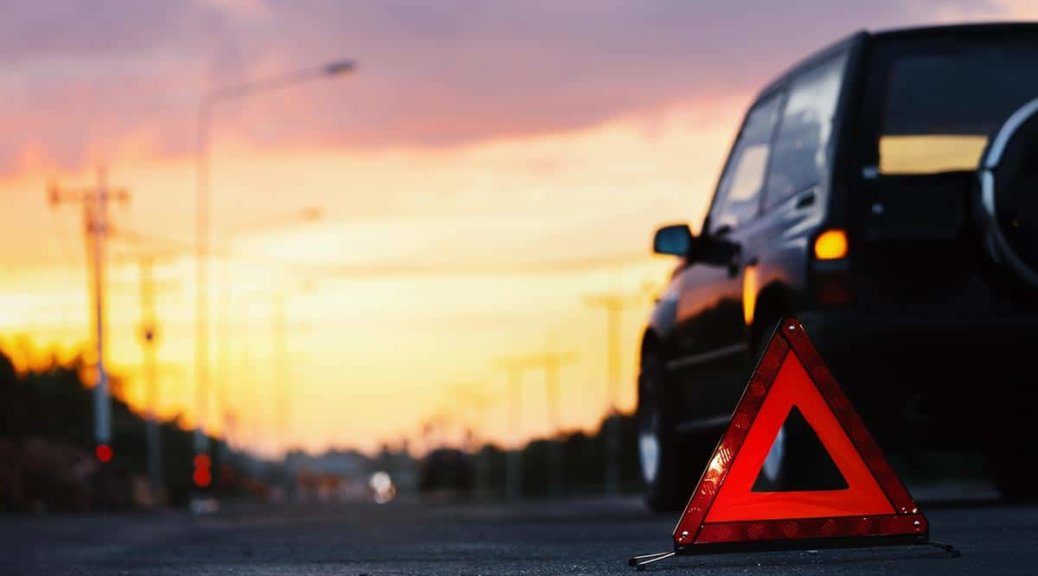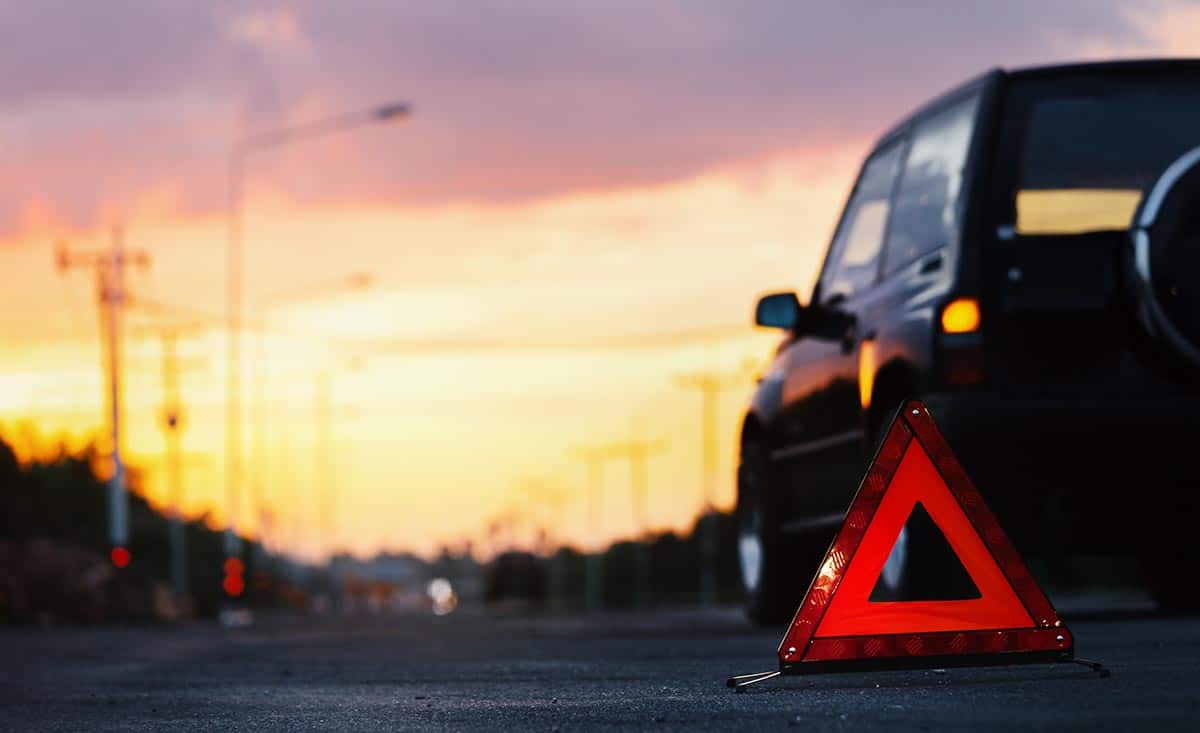
In the event of an accident, preparation is key to ensuring that no secondary damage occurs as a result of the initial damage. If emergency vehicles do not respond quickly and properly, a small accident can turn into a disaster that affects the wellbeing of many as well as their family members. However, this can easily be avoided as long as the responders and their vehicles are adequately equipped.
Emergency vehicles use lighting solutions in multiple ways. From directing traffic to alerting pedestrians of their presence, their wide range of applications include numerous options available for the lighting. Light bars, which are strips of LED lights that can range in size, can transform the top of a car to a beacon when turned on, easily alerting people miles away from your car.
While light bars are extremely effective for alerting pedestrians of your presence, sometimes it is imperative to remain under the radar until the time comes, meaning that stealth is essential. For this, undercover visor lights with multiple flash options that cannot be easily seen from outside the vehicle are highly effective.
If the circumstance does not require people from far and wide to be aware of what is occurring, using a smaller lighting solution can be more effective. Using glowsticks, which are easy to activate and create a bright light, is optimal. If the scenario does not require much attention, worrying any passerby is entirely unnecessary, making glowsticks the perfect choice for this scenario.
While it is impossible to prevent all accidents, being prepared to minimize the damage that occurs afterwards is the best that emergency responders can hope to do.
